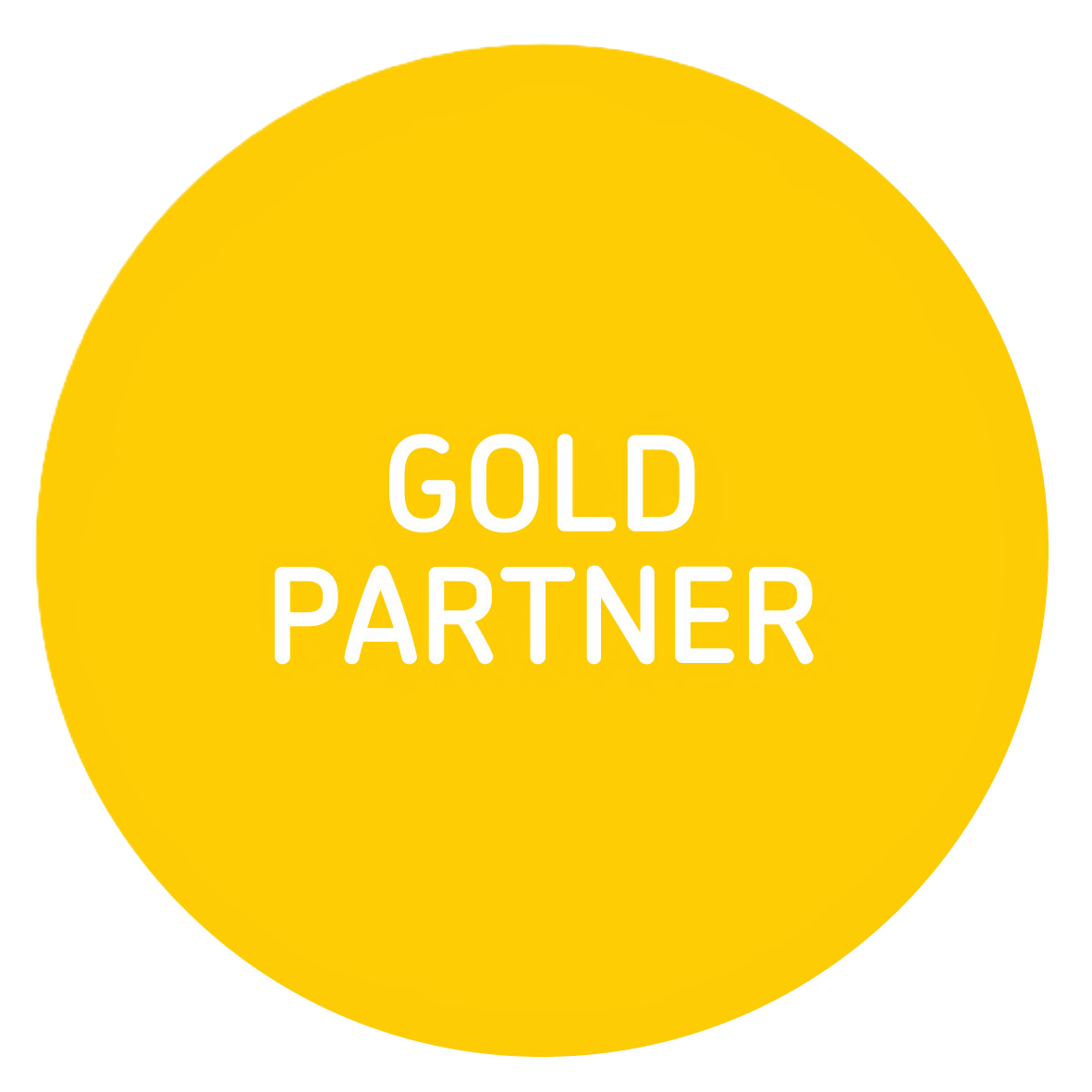GST on farmhouses and home offices – a solution?
A hot topic of conversation amongst tax advisors recently has been GST on farmhouses and home offices.
Earlier we updated you
on the IRD’s position. This position meant that GST registered landowners, who have used their homes for home-based offices, will likely have to pay GST on the sale of that home.
Now it finally seems that there may be a common-sense solution on its way. The IRD has released a discussion paper
on proposed changes to the GST apportionment and adjustment rules. Depending on the outcome of submissions – we could end up back in the position where most advisors believed we were in the first place. If your client doesn’t claim GST on the home office or farmhouse, they may be treated as electing to not include that home in the GST net. The simple result – no GST on the future sale or change of use.

A hot topic of conversation amongst tax advisors recently has been GST on farmhouses and home offices.
Earlier we updated you on the IRD’s position. This position meant that GST registered landowners, who have used their homes for home-based offices, will likely have to pay GST on the sale of that home.
Now it finally seems that there may be a common-sense solution on its way. The IRD has released a discussion paper on proposed changes to the GST apportionment and adjustment rules. Depending on the outcome of submissions – we could end up back in the position where most advisors believed we were in the first place. If your client doesn’t claim GST on the home office or farmhouse, they may be treated as electing to not include that home in the GST net. The simple result – no GST on the future sale or change of use.

GST on farmhouses – how did we get here?
Traditionally taxpayers have claimed a portion of their home as a business expense – known as a home office expense or a farmhouse deduction. This is because space in the home is used for business purposes. Under the original GST rules, because the principal purpose of the home remained for private or GST exempt purposes, this didn’t create a GST issue.
When the GST change of use rules changed in 2011, they dropped the “principal purpose” test. It took until recently for the IRD to decide that this meant that any home used in the business, or taxable activity, would be subject to GST on a future sale or change of use.
The rule is applied irrespective of how minor the taxable use is. The entire sale was subject to GST. Although a taxpayer may have only claimed 20% of the expenses, as the home was used in a taxable activity, the IRD’s position was that GST is payable on the full house, not just 20%.
There has been some tinkering with the change of use rules. These may allow taxpayers to claim GST on the market value of the home (on that portion not used in the taxable activity). This still meant that there was a net GST cost on the uplift in value of a portion of the home. Even though the taxpayer usually has not claimed GST on the actual house.

An example:
Farmer Jane purchased a farm in 2011 for a cost of $3.5 million, plus GST. Of this, the dwelling and curtilage were valued at $1 million, and the balance of the farm at $2.5 million. The supply of the dwelling and curtilage is outside the scope of GST. The balance of the farm was zero-rated for GST purposes.
Farmer Jane and her family resided in the farmhouse and farmed the balance of the land.
Farmer Jane’s accountant claimed a farmhouse deduction for income tax purposes. This is because Jane used the farmhouse for the farming business – there was a home office, the kitchen was used to feed the stock hands, and the family table doubled as the board room table. The accountant claimed 20% of the expenses as relating to the farming business. The accountant does not claim anything in relation to the farmhouse, only the cost of running it – e.g. the GST portion of insurance, rates, phone etc. Unfortunately, using the current IRD position, this means that the farmhouse is now in the “GST net”.
Output Tax on Sale
In 2022 Farmer Jane sold the farm for $5 million (plus GST) with a value of $2 million attributed to the dwelling and curtilage. On sale, the GST registered farm owner will need to effectively split the supply of the farm in two. The first supply is the dwelling and curtilage, the balance for the rest of the farm. As the dwelling and curtilage are in the GST net, GST will be charged at 15% on that portion. The balance of the farmland can be zero-rated for GST purposes.
Can Farmer Jane claim an Input Tax Credit?
Farmer Jane can claim an input tax credit on that portion of the farmhouse she has used in the GST taxable activity. Under the new adjustment rules, she should be able to claim a market value input tax credit on that portion of the house not used in the taxable activity (80%). The input tax claim for the 20% used in the taxable activity is based on cost.
- The house and curtilage have a sales value of $2m. Farmer Jane must return GST output tax of $260,869.
- The landowner can claim an input tax credit.
- GST paid on the cost of the farmhouse was $130,434. 20% of this was used in the taxable activity. A GST input tax credit is available for $26,087.
- The landowner can now claim an input tax credit on the basis of market value for the remainder of the house and curtilage – i.e. $2m x 80% = $1.6m. GST input tax claim $208,696.
- Total input tax claim $234,782.
- GST “leakage” on farmhouse = $26,087.
Although the tweaked GST adjustment rules mean that the GST leakage is only on that portion of the house used in the GST taxable activity – remember Farmer Jane never claimed GST on the home. This result is still fundamentally unfair.
What does the discussion document propose?
The IRD is proposing that taxpayers can Elect whether an asset should be in the GST net or not. This rule would only apply to capital assets that are not used for the principal purpose of making taxable supplies.
We expect the Election would be made by filing a GST return to support the position. For example, the taxpayer would not claim GST on the home.
This puts us back in the position that most taxpayers and advisors thought was already the case. It has been a long and drawn-out process to get here. Effectively this proposal solves a technical issue that should never have existed in the first place.

What are we advising clients in the meantime?
In the meantime – we still have no certainty. It is incredibly difficult to advise clients on what they should be doing right now. In the interim, the rules remain that if you have a sale or a change of use, the taxpayer should return GST output tax on the entire value of the home. The taxpayer can claim a limited input tax credit.
Our advice remains to wait on the outcome of the discussion document where you can.
If you need to deal with this in the meantime we recommend you contact the IRD to gain some certainty about their approach. We can provide the contact details for the contact person at the IRD if need be.
If you wish to discuss any of the IRD proposals with us please get in touch.
*This publication contains generic information only. NZ Tax Desk Ltd is not responsible for any loss sustained by anyone relying on the contents of this publication. We recommend you obtain specific taxation advice for your circumstances.
The post GST on farmhouses and home offices – a solution?
appeared first on .
If you wish to discuss any of the IRD proposals with us please get in touch.
*This publication contains generic information only. NZ Tax Desk Ltd is not responsible for any loss sustained by anyone relying on the contents of this publication. We recommend you obtain specific taxation advice for your circumstances.
The post GST on farmhouses and home offices – a solution? appeared first on .













